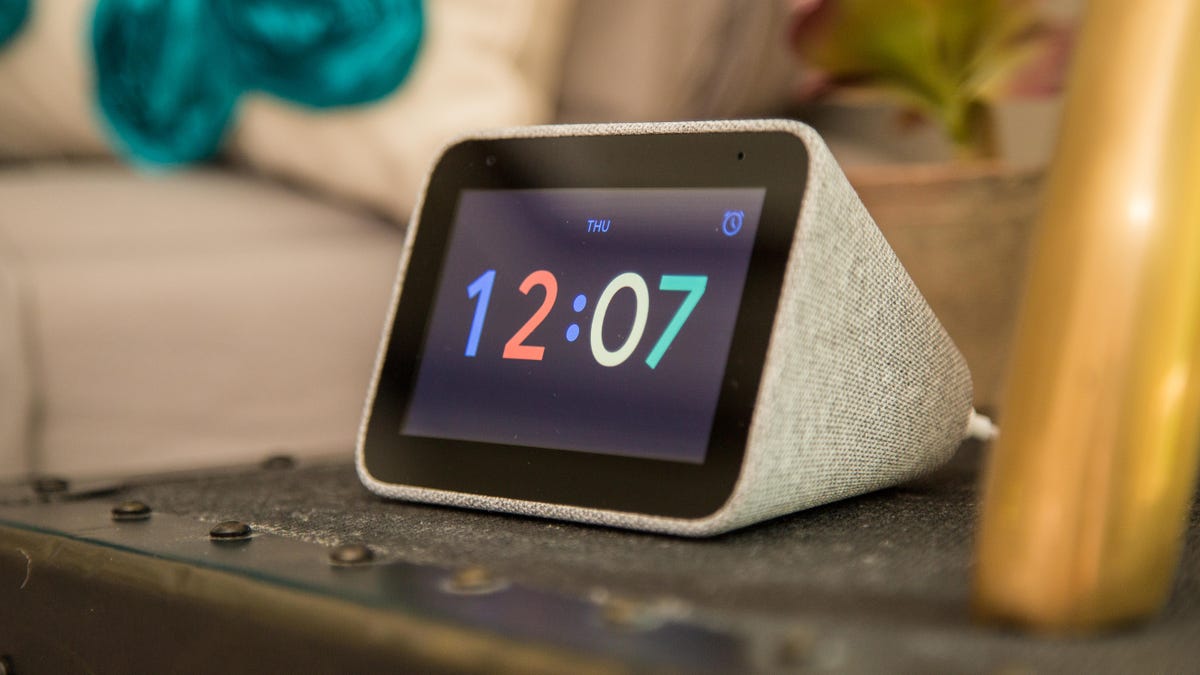Get ready to play Cher’s “If I Could Turn Back Time,” the unofficial soundtrack to the annual ritual of ending daylight saving time. The return to standard time occurs in the fall and involves turning the clocks back an hour — earning it the witty motto “Fall Back.” It can be a confusing experience as people in most parts of the country change the clocks and try to adjust to a new schedule. Here’s what you need to know about the fall time change.
When does daylight saving time end?
Daylight saving time ends on the first Sunday in November at 2 a.m. local time. For 2024, that’s November 3. Set a reminder on your calendar to change any clocks that don’t change automatically. Many people find it helpful to change the clocks right before they go to bed rather than the next morning. When you update your calendar, note Sunday, March 9, as the start of daylight saving time in 2025.
Standard time vs. daylight saving time

The Time.gov website displays the official US time and time zone boundaries.
Time standardization in the United States has a long and complicated history. The growth of railroads in America led to the creation of time zones in 1883. Daylight saving time was officially adopted in 1918, but was in and out of favor and applied inconsistently across the country until the Uniform Time Act was enacted in 1966. “Motivated by improvements in transportation, this act prescribed standard time within existing time zones and established a permanent system of uniform daylight saving time, including the dates and times for the twice-yearly changes,” according to a history of time zones by the Bureau of Transportation Statistics.
Arizona (except for the Navajo Nation) and Hawaii maintain standard time year-round. The rest of the country has to deal with the effects of the biannual time change. It’s not just your sleep patterns that can suffer. The change to daylight saving time has many effects on your health.
The exact dates for daylight saving and standard time can change each year. Daylight saving time begins on the second Sunday in March and ends on the first Sunday in November. The National Institute of Standards and Technology crunched the numbers and reported that daylight saving time is in effect for 238 days, or about 65% of the year. That may make daylight saving time seem more normal than standard time, but we’ll stick with the historical terminology.
Will we ever get rid of daylight saving time?
Time changes are controversial. Many people struggle with the transition, especially when an hour is lost with Daylight Saving Time in the spring. Here are ways to help you get back to rest after losing an hour of sleep. Proponents of Daylight Saving Time say it saves energy during the warmer months and provides more “usable” daylight hours for outdoor activities. However, the American Academy of Sleep Medicine calls for a year-round standard time that best aligns with human circadian biology.
Politicians have pushed to end the time change nationwide, but nothing has been signed into law so far, and there is debate over whether daylight saving time or standard time would be better. The U.S. Senate passed the Sunshine Protection Act in 2022 — bipartisan legislation that would make daylight saving time permanent — but it hasn’t gone any further. “This ritual of changing the time twice a year is stupid,” Sen. Marco Rubio, a co-sponsor of the bill, said in 2023. Rubio continues to push for the legislation, but in 2024 there is no sign of progress.
Dealing with the time change in autumn
Changing the clocks to “fallback” is usually seen as a good thing because it looks like you’re getting an extra hour of sleep, but that only works if you can ignore your usual wake-up time and sleep in on Sunday.
Check out these tips for fighting fatigue after a time change. Building good sleep habits shouldn’t be reserved just for the time change. Work on a healthy sleep routine year-round, and those pesky time changes won’t get you down as much. Unless Congress gets going, we’ll have to do without the spring and fall time changes for the foreseeable future.





